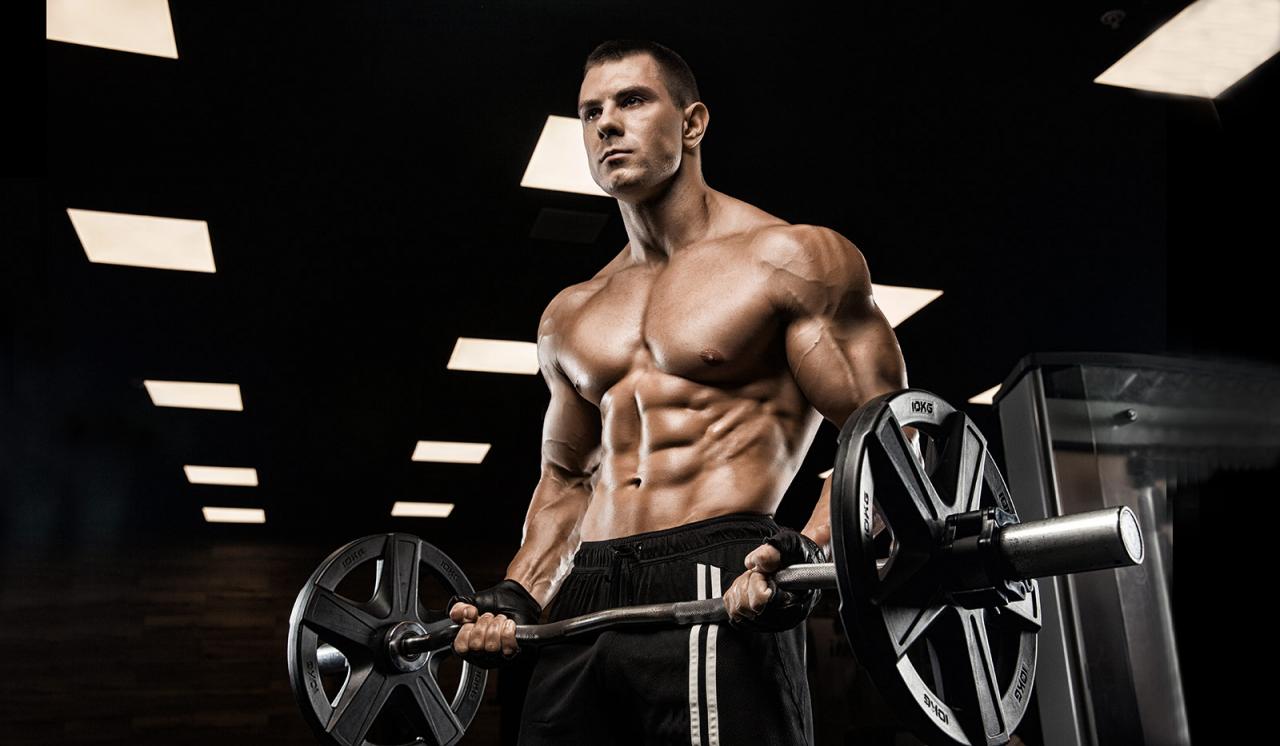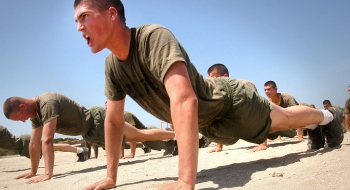Strong and muscular hands are something that every guy would like to have. It will give you respect, you will look better in clothes and in addition to increasing your self-confidence, it can also help you in activities from everyday life.
However, it is not necessary to use only dumbbells and machines for their training. Your own weight can also be a sufficient stimulus. That’s why we bring you four effective hand development exercises that use your body weight.
Bends on a close touch
The only exercise mentioned above that targets the biceps is to bend narrowly with the underarm. You also train your biceps with your palpation, but then you do not stimulate them as with this alternative. Of course, the back also works for them, but you will quickly find that they can “blow off” very quickly, especially your biceps.
Execution: We lift ourselves and grasp the bar so that the hands are not more than the width of the arms apart. We lift our legs off the floor and bend them at the knees for better balance. At the initial position on the crossbar, we hang with outstretched hands. Subsequently, we rise up by bringing the chest closer to the crossbar, which we turn forward during the movement. We bend backwards in the back and reach the top position when the collarbone is at least at the level of the trapeze. Then we can slowly lower ourselves to the starting position.
Cranks on parallel bars
You need parallel bars for this triceps development exercise, but your investment in them will pay off. This is the most difficult of the triceps exercises that we present here, but we can happily call it the most effective.
Design: Hold the bar bars so that the palms face each other. We push ourselves up to the initial position, in which our legs are bent at the knees (they help maintain stability and prevent contact with the floor) and outstretched hands are close to the body. By shaking our hands, we slowly lower our bodies, looking forward and trying to lean forward only minimally to strain more of the triceps than the chest. We lower the body to the point where we do not feel a gentle stretch in the triceps and the shoulders are below the level of the elbows. Then we push it back to the initial position.
Triceps cranks on the bench
If you don’t have parallel bars or want to start with something lighter, the triceps cranks on the bench are perfect for you. Ideally, you need two benches, but with a little creativity, all you need is one. Or just a chair or a bed …
Design: Take a position between two benches, holding the one behind the body with your hands with a shoulder-width grip. We place our feet on the bench in front of the body and in the initial position we have them outstretched, as well as our hands. We look ahead. We slowly lower ourselves with a breath, with our elbows pointing backwards and our legs crouching slightly. We stop the movement when we feel tension in the triceps, roughly at the point when the elbows are at or slightly above the shoulders. With the exhalation, we push ourselves to the initial position.

Cranks with a narrow grip
In previous exercises you used a crossbar, parallel bars and a bench. This triceps exercise can be performed without tools and wherever your body fits. And it is also effective for their development. It also stimulates the shoulders and chest.
Design:We lie on the floor with the forehead facing it. Our hands are closer to each other than the width of the arms, with the thumbs pointing towards each other and the two hands forming a triangle on the floor. The floors only touch the palms and toes. The legs, like the whole body, are stretched and are close together or wide apart for better balance. Slowly, together with the breath from the initial position, we start by twisting the arms at the bottom of the elbow, while the movement is only in the shoulder and elbow joint. We try to keep the elbows close to the body. Then, with exhalation, we push the body out by extending the hands to the initial, upper position.

